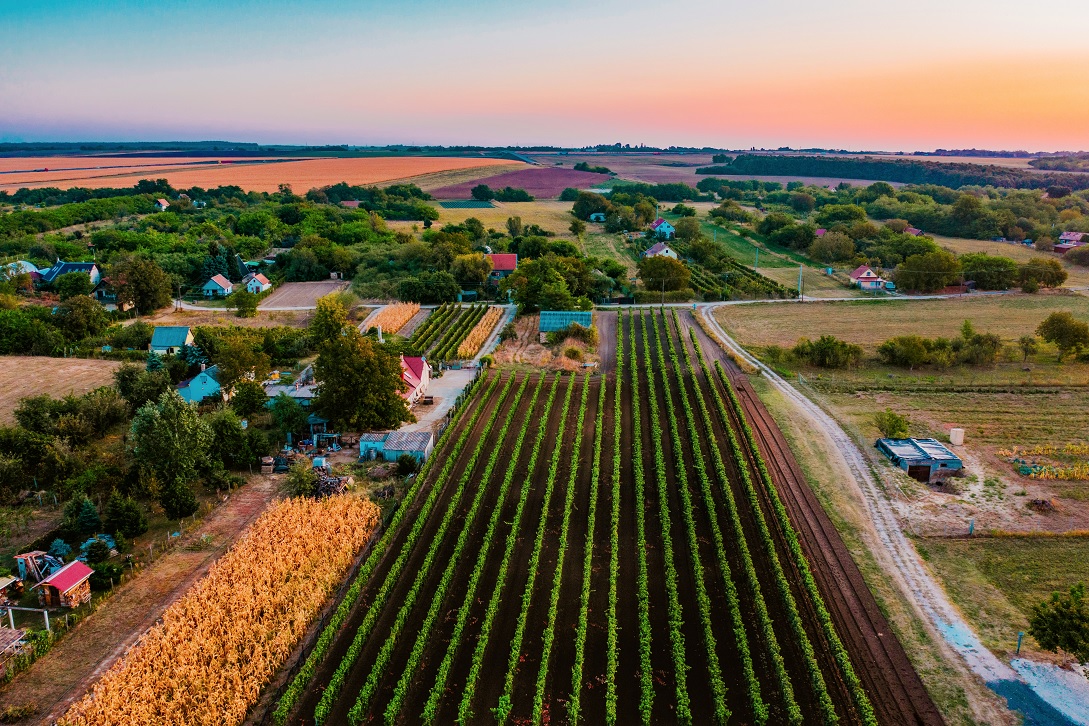New products
Showing all 23 results
Showing all 23 results

The Kunság wine district is the largest in Hungary, covering a vast area between the Danube and the Tisza Rivers. Its scale makes it diverse and rich in wine culture, though the sights and cellar villages are widely dispersed. Despite being traditionally associated with bulk wine production, the region is experiencing a slow transformation toward more quality-driven winemaking and wine tourism. The terroir is primarily defined by sandy soils, with some areas featuring loess and alluvial deposits. This sandy terrain, combined with flat topography and a warm, continental climate, creates conditions ideal for high-yielding vineyards and early-ripening varieties. The soils also contribute to the light, fresh, and approachable nature of the wines. Grape varieties are dominated by white grapes, with Irsai Olivér, Cserszegi Fűszeres, Olaszrizling, Chardonnay, and Sauvignon Blanc being the most common. Among red varieties, Kékfrankos, Zweigelt, Cabernet Sauvignon, and Kadarka are increasingly cultivated. The region is also known for easy-drinking rosé wines, which are especially popular due to their refreshing character. Wine styles are generally light, crisp, and aromatic, often consumed young. The sandy soils and high sunshine hours result in wines with moderate acidity, soft structure, and fruity, floral profiles. While the region has a reputation for producing inexpensive everyday wines, a new generation of winemakers is exploring low-intervention, organic, and terroir-focused approaches, raising the overall quality and reputation of the area. In summary, the Kunság wine district is a vast and evolving region known for its light, fruity wines, accessible in style and price. With its distinctive sandy terroir, long viticultural tradition, and growing emphasis on quality and tourism, Kunság is beginning to reveal a more nuanced and promising identity in Hungarian wine.